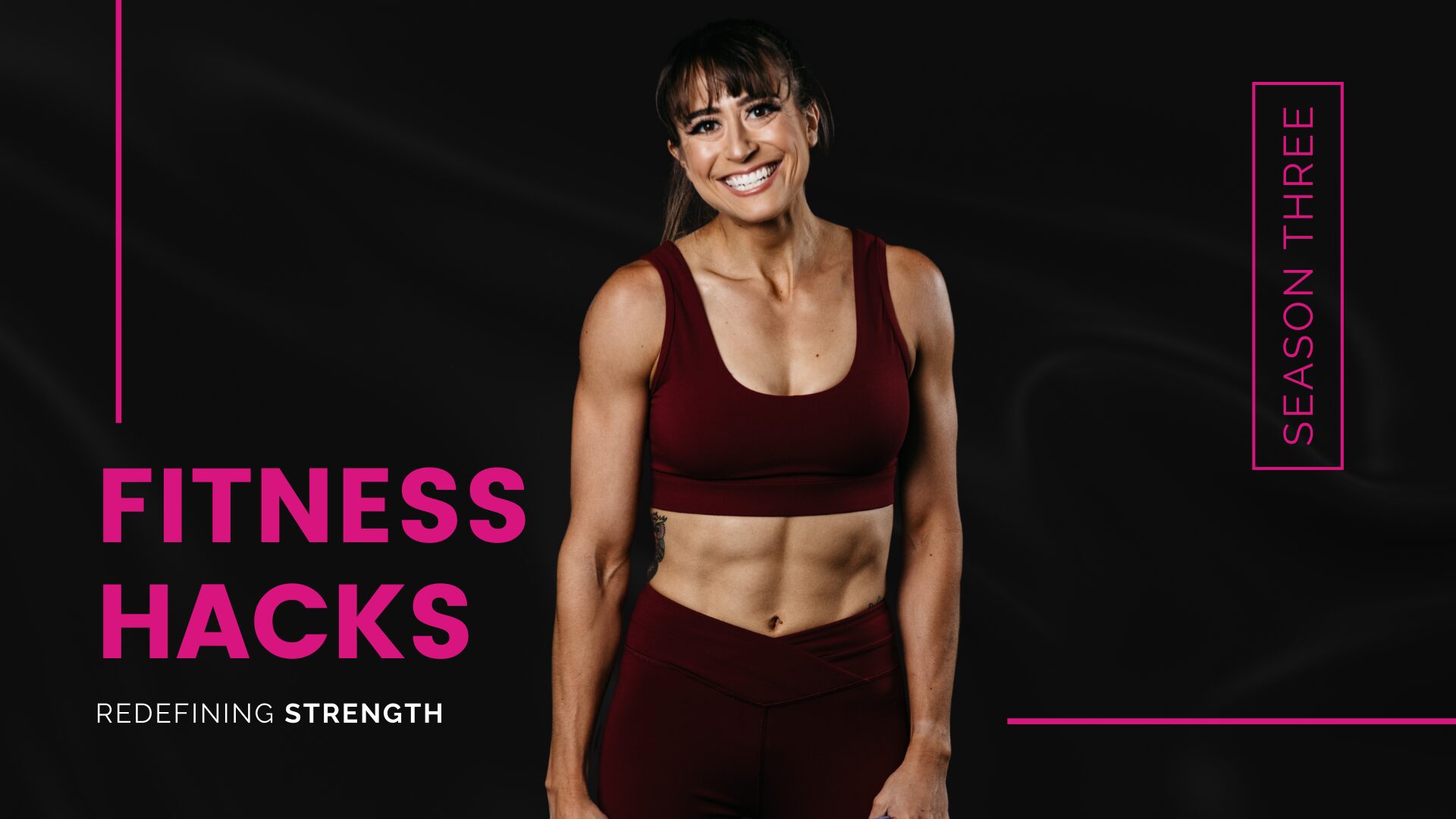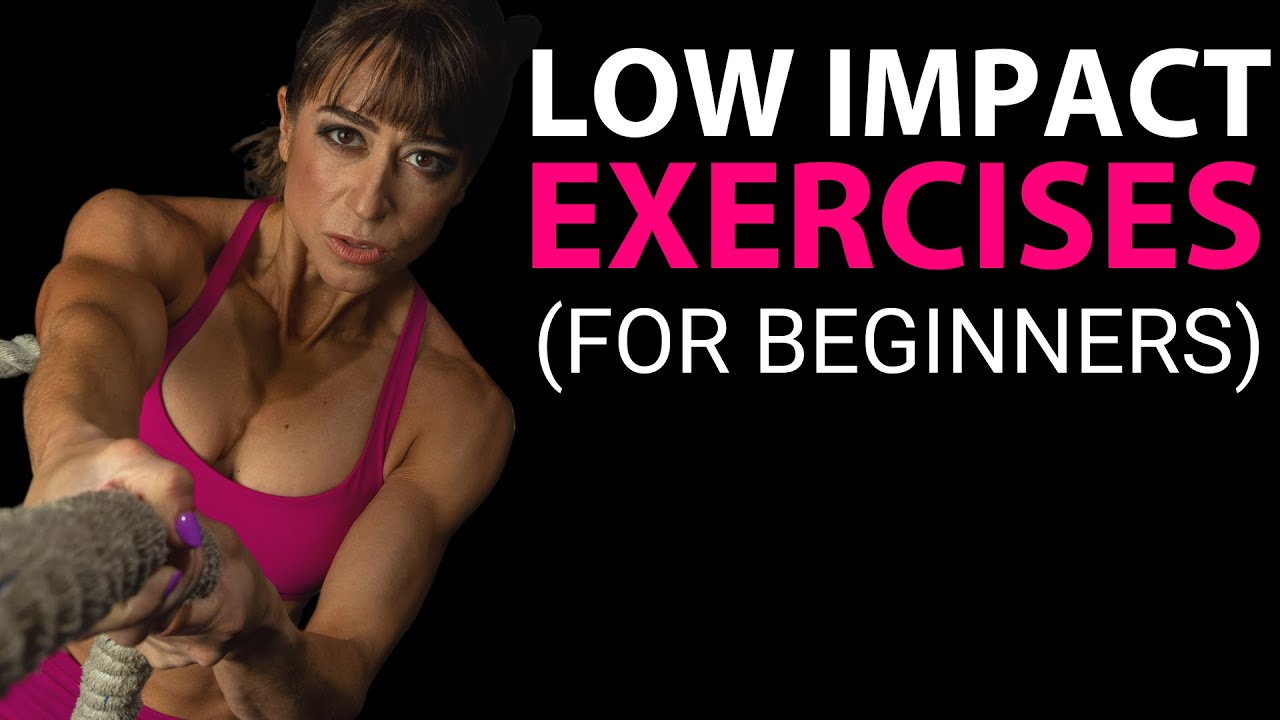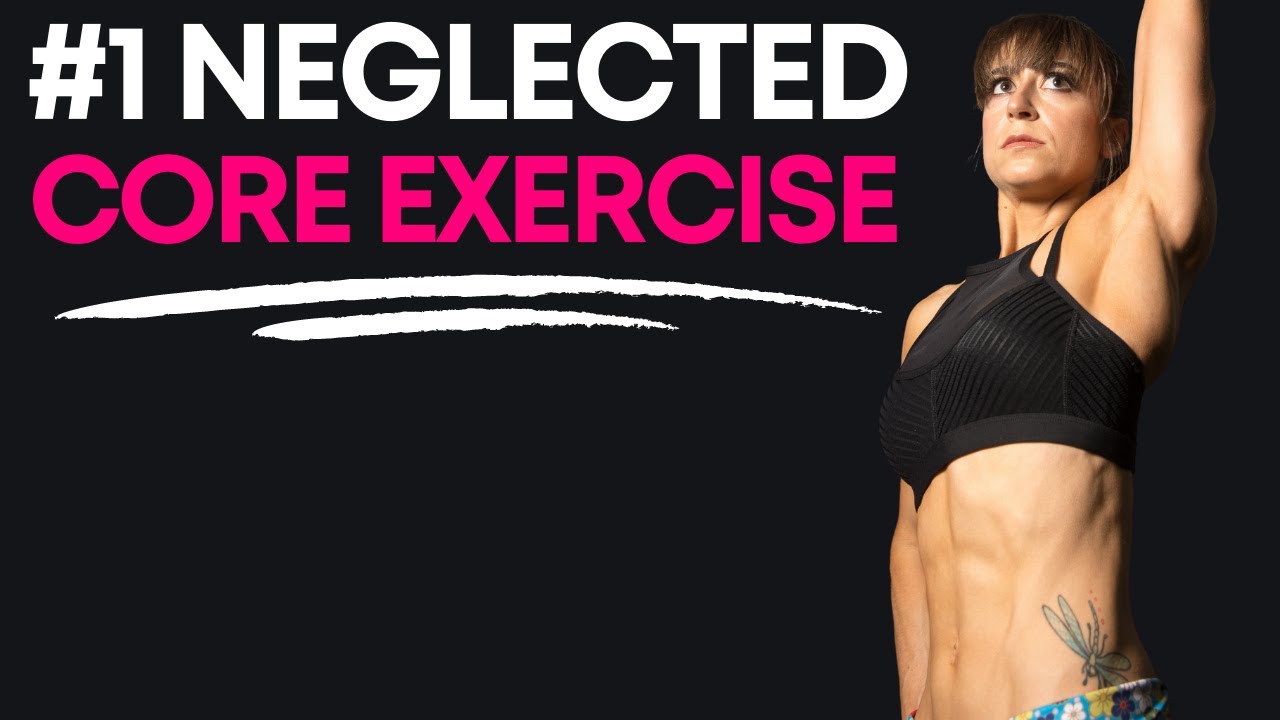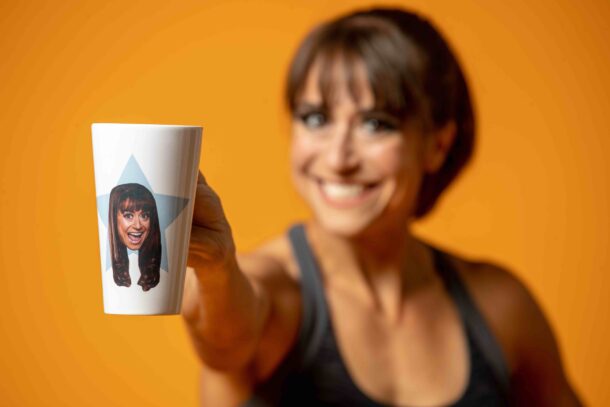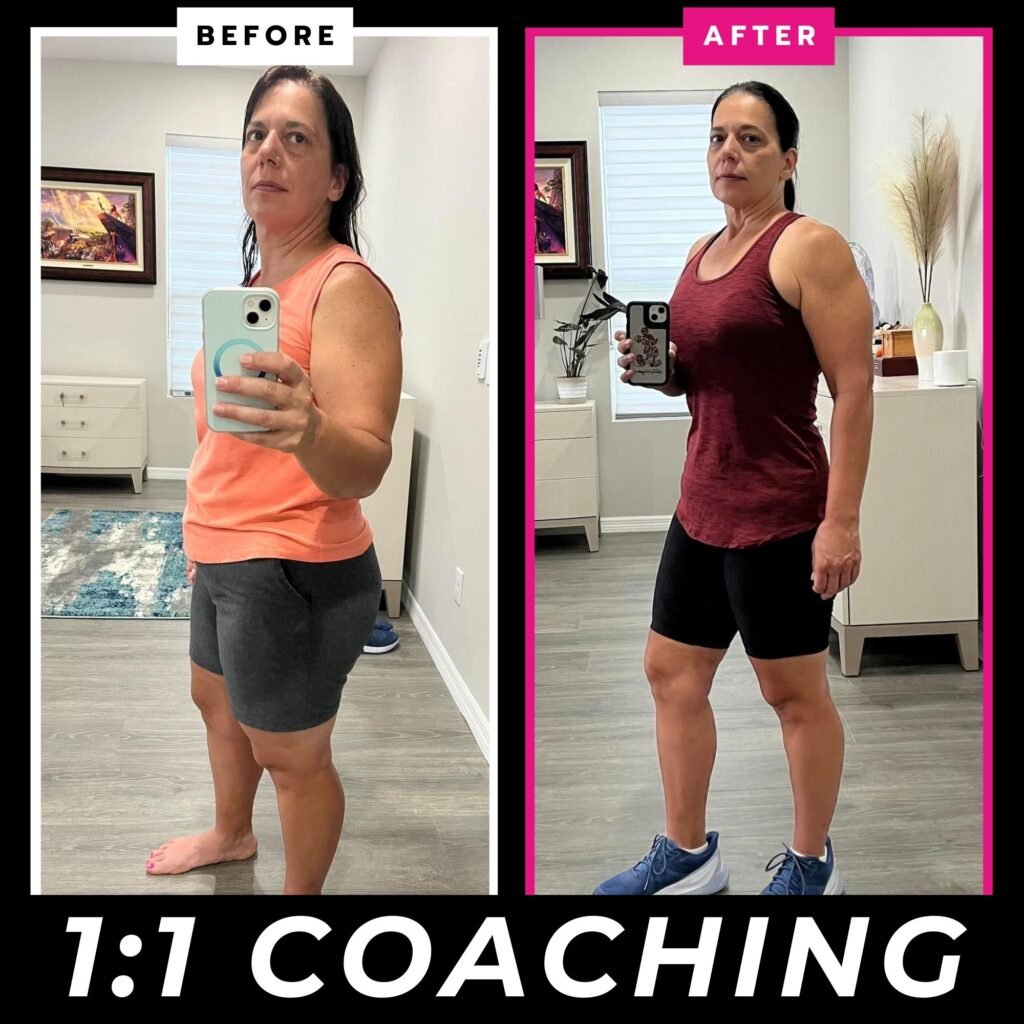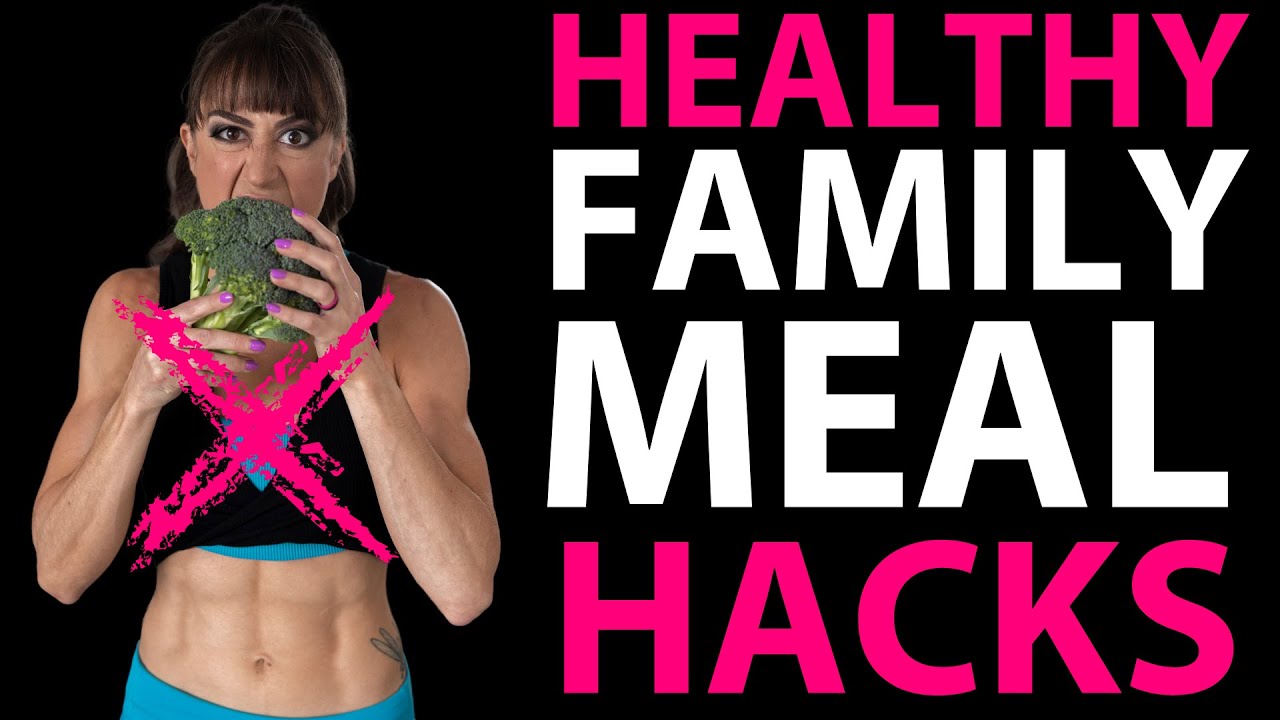
Macro Counting Excuse Busted | How To Eat HEALTHY When Your Family DOESN’T
Often the excuses we make are valid. But that doesn’t mean there aren’t ways to overcome them.
We just have to realize that change requires change and that means approaching things in a way we haven’t before.
One of the most common excuses I hear as to why someone can’t track macros is…
“It’s impossible to track macros when I’m cooking for my family, or spouse, and they won’t eat what I have to eat.”
I actually love this excuse because it’s one that is far easier to overcome than we realize.
Now if you’re thinking I’m going to tell you that you need to just prep a separate meal for yourself, you’re wrong.
Honestly, that’s the worst idea and often completely unsustainable, especially if you’re used to all eating the same meal.
Not only is that often added work we don’t have time for, but most of the time we also WANT to enjoy the foods our family or spouse is eating.
And we will only feel deprived if we have to watch them eating something we enjoy as we munch on our dry lettuce thinking that’s what we have to do to achieve our weight loss goals.
What I’m telling you is…You do NOT need to be prepping separate meals for yourself to see results!
I get that it FEELS like we can’t do something, like say track macros while cooking for a family, but that is simply because we haven’t done it before.
That’s why, to help, I want to share 4 tips to help you start adjusting your macros to see fabulous weight loss results while still enjoying family meals!
But first, I quickly wanted to share a bonus logging hack…
For meals that are casserole or dish based that seem impossible to log, enter the full recipes under the recipe section most trackers have. You will log all ingredients there. You can then enter the number of servings in that recipe and it will list out the macros per serving. You then just can add that recipe to your daily logs whenever you use it.
And when you serve the casserole, you can just weigh or measure out your portion!
#1: Log family meals FIRST.
Too often we try to adjust the thing we love the most or want the most first, instead of finding ways to work around it!
When there is something I want to eat, I plan that into my food log first and tweak other meals around it to hit my macros.
So whether it’s a traditional casserole or Taco Tuesday meal, plan that into your log first and adjust other meals and snacks to hit those ratios!
#2: Sneak in macro tweaks to those family dishes.
Often there are little tweaks we can make to family meals that our family won’t even notice.
Like a slight change in the protein source, going with a lower or higher fat option. Or even a little bit MORE protein in each serving, by adding an ounce more of the protein you’re using.
Sometimes you can even sneak in veggies to sauces by pureeing them to lower the fat or carb content while adding micronutrients.
Even look up different variations of your usual dishes to see if there are some healthy swaps you can make you feel your family won’t notice!
You can even swap your own personal tortillas for a lower carb option while your family may enjoy their usual type if you don’t feel deprived through the swap.
The key is thinking in terms of small changes over feeling like you have to make completely different meals.
#3: Adjust your personal portions.
Often we can hit our macros for the day by enjoying the same foods, just by adjusting the portions.
For instance, you could serve a pasta dish where you build your own bowl. That way you could use the portions of each ingredient you need, maybe adding more protein, lowering the amount of pasta and adjusting how many veggies and how much sauce you add.
Or on taco night you could do only 2 tacos instead of 3 with a little bonus taco salad on the side if you needed to slightly lower your carb intake.
You can find little ways to eat the same thing while adjusting the portions through not only how you serve dishes but even the sides you add.
Maybe if you’re having pizza, you have the pizza BUT instead of 4 slices have 2 and more of the side salad.
This way you aren’t feeling like you aren’t able to enjoy the family meals BUT you’re also making it easier to hit your macros through your meals the rest of the day!
#4: Change other meals FIRST!
Small changes add up. So when you’re first starting to track, don’t focus on adjusting that family meal at all. As I mentioned, log the family meal first.
Then think about ways you can tweak your portions at other meals to hit your macros.
Even try new snacks to make things easier.
If you know you even have a family meal out where it’s going to be very calorically dense and high in carbs and fats, focus on protein and going lower calorie earlier in the day to create a little “buffer.”
The key is change things you can more easily control first to strike a balance and not feel like you have to be sitting there not enjoying the delicious family meal you worked hard to make!
SUMMARY:
We have to remember that changes can always seem overwhelming to start because we haven’t done them. The more we can focus on small tweaks to start while working around the things we love and enjoy, the more sustainable the changes will ultimately be.
So if you’ve been worried you can’t track macros while cooking for your family or spouse, start using these tips!
Ready to learn how to eat according to your needs, goals and LIFESTYLE?!
Check out my 1:1 Online Training!
–> Apply Now

